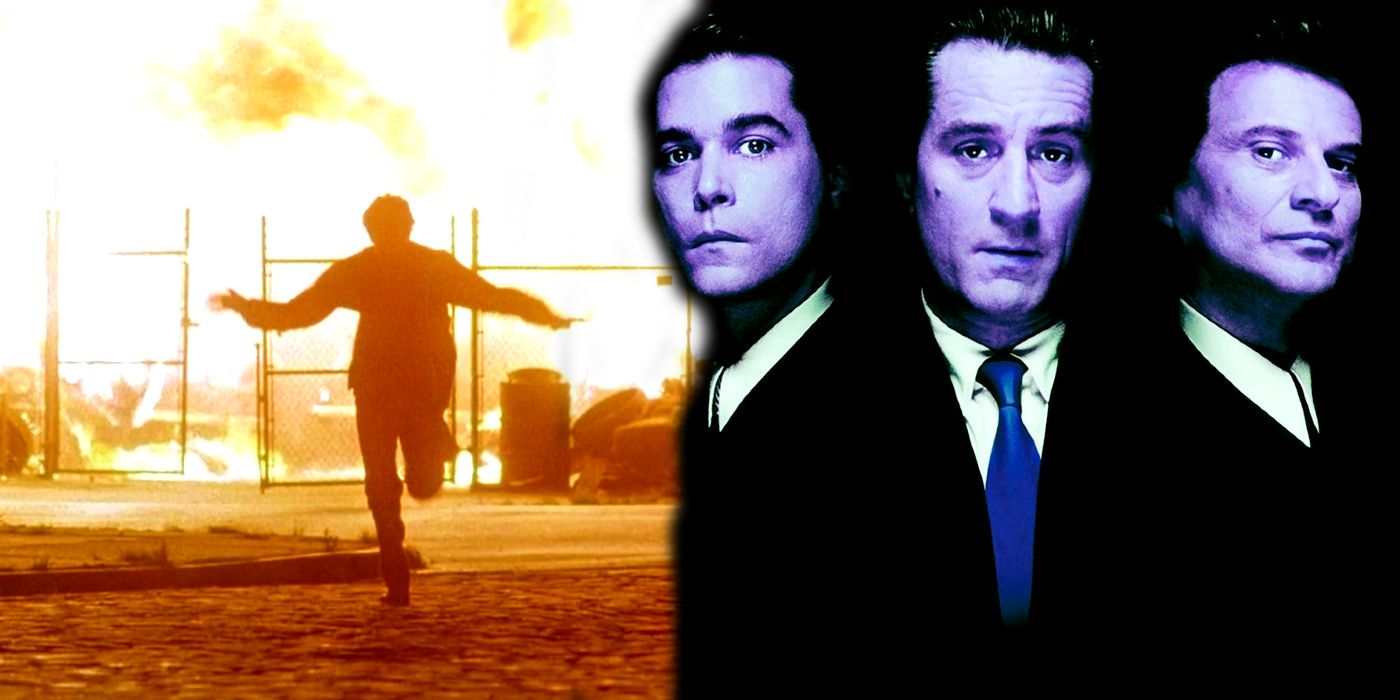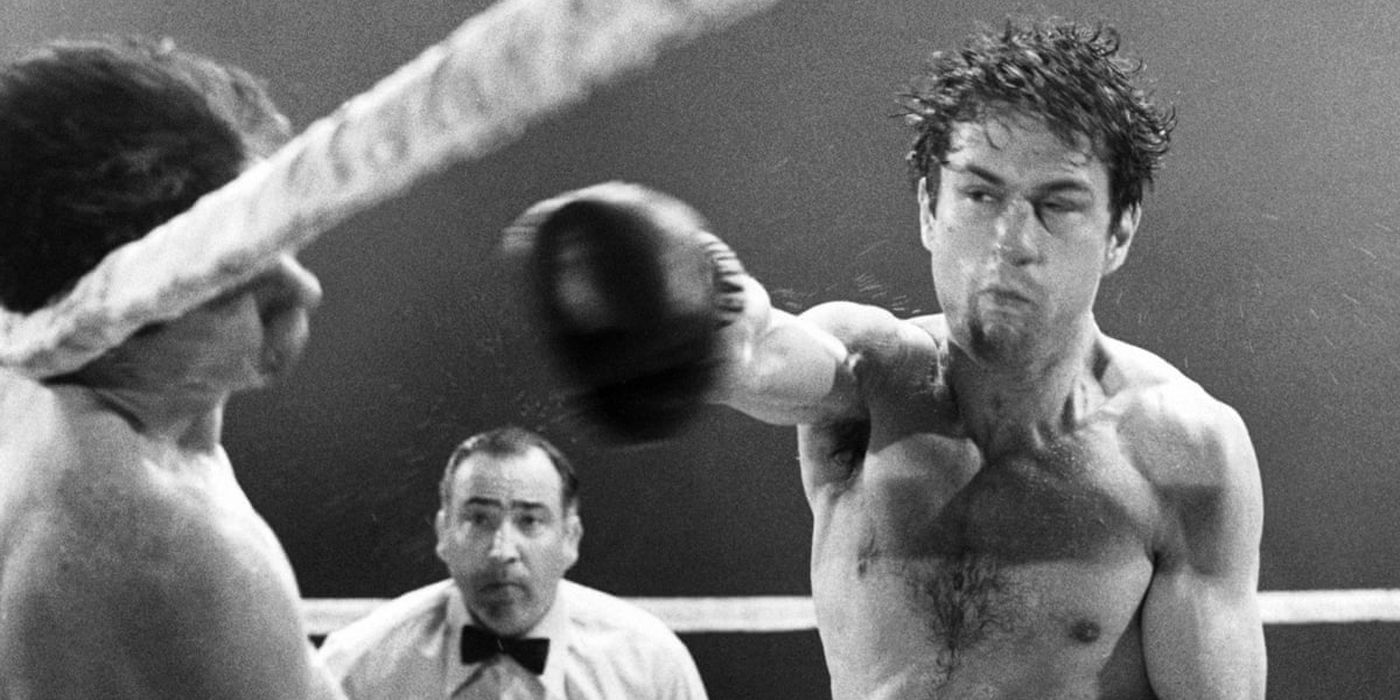Legendary director Martin Scorsese frequently includes freeze-frame shots in his movies, and there is a reason for the stylistic choice. Throughout his lengthy career, director Martin Scorsese has used a diverse range of movie-making techniques in his work. Among these are less popular innovations like freeze frames and slow-motion shots, both of which were popular in the '50s and ‘60s but have failed out of vogue since and thus stand out when they crop up in Scorsese’s oeuvre.
As one of the most celebrated filmmakers of the past five decades, Martin Scorcese boasts an incredible movie back catalogue. Emerging into prominence in the 1970s off the back of hits such as Taxi Driver and Mean Streets, Scorcese is now hailed as one of the most successful directors of all time, with a CV that spans genres and includes some of the greatest movies ever made. Classics such as Goodfellas, The King of Comedy and Raging Bull are testament to the fact that Scorcese is a force behind the camera.
Many of Scorsese’s more theatrical movies, such as the Simpsons-spoofed Cape Fear remake, regularly employ both freeze frames and slow-motion shots for campy flair and to harken back to an earlier era of Hollywood filmmaking. However, Scorsese’s use of freeze frames in his more understated work underlines another, more subtle purpose that the technique plays in his work. Namely, Scorsese uses freeze frames to capture a dramatic moment in the movie’s action, underline how artificial and transitory it is, and then move back to the real plot.
Perhaps the most famous use of freeze frames in Scorsese’s back catalog occurs during the boxing match sequences of 1980’s Raging Bull. The biopic of troubled fighter Jake La Motta frames his bouts as a series of freeze-frame shots to pinpoint the moments in the boxer’s career that most fight fans know him from. Raging Bull then returns to an un-recognizable Robert de Niro portraying La Motta's erratic personal life, and the point of the shots becomes clear. The real La Motta, the one Scorsese and DeNiro are endeavoring to depict, is more than the few great punches and impressive fights that the freeze frames (and most boxing movies) reduce him to. He is a volatile, deeply flawed person, something elided by conventional boxing biopics but centered in Scorsese’s movie, which turns the matches into a spectacle and focuses the driving action of its story on La Motta’s breakdown.
The same technique can be seen in Goodfellas, the mob epic that acts as a bracing, brutal rejoinder to the glamor of The Godfather. In the genre-transforming mob movie, Goodfellas lets narrator Henry Hill freeze-frame his most impressive moments: the first time he is embraced by his fellow mob members as a teen, the first risky job they gave him, his lavish wedding, his part in the murder of Billy Batts. However, as the action of Goodfellas continues and the rot at the core of Hill’s character comes into focus, the freeze frames are revealed to be what they always were: flashy, self-serving portraits that were frozen in time to stop viewers from seeing the ugliness behind them.
The same technique is also present in Casino’s frequent freeze frames of Sharon Stone’s character and The Wolf of Wall Street’s freeze-frame flashback to the childhood of DiCaprio’s character. Again, both images offer an idealized glimpse of characters who will prove to be more complicated and flawed than any photo could show. From the twisty mystery Shutter Island to the mob epic Goodfellas, Scorsese’s work is obsessed with the difference between the personae that characters present to the world and who they really are under the surface. This recurring motif is captured in his use of freeze frames, which allow Martin Scorsese to show a moment exactly as the protagonist wants it remembered before then returning to the action and filling in the whole picture.


